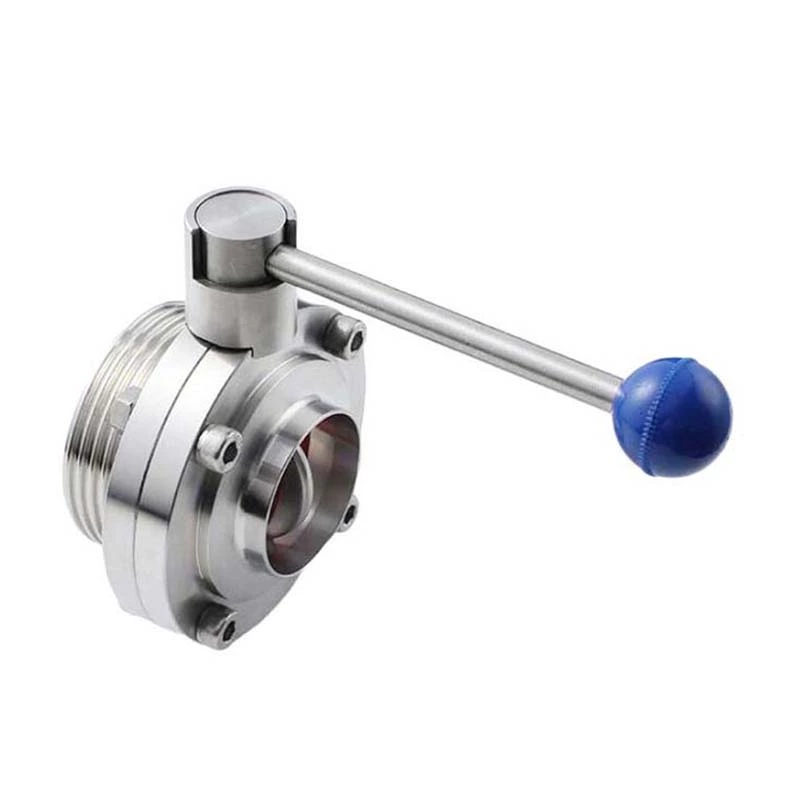Treatment Methods That Can Be Used For Sanitary Butterfly Valves After Installation
Sanitary Butterfly Valve Treatment methods that can be used after installation
Ultraviolet disinfection of stainless steel hygienic butterfly valves
Ultraviolet rays have a certain sterilization ability. They are usually installed in purified water systems to control the reproduction of microorganisms and extend the operating cycle. They can also be used to decompose excess ozone in ozone sterilization systems.
Pasteurization of stainless steel sanitary butterfly valve with pneumatic actuator
Pasteurization is mainly used in purified water pipeline systems. Heat exchangers or storage tanks with jackets are installed on the circulation loop to heat purified water to above 80°C (start timing when the most difficult temperature rise reaches 80°C). Maintaining it for 1 hour can meet the predetermined requirements. The key is that the pipeline must have heating and insulation equipment (heating capacity > heat dissipation capacity) to ensure the sterilization temperature and time. Delivery pumps, sensors, etc. should also withstand hot water above 80°C.
Superheated water sterilization of stainless steel tri clover butterfly valves stainless steel
The superheated water sterilization process is similar to pasteurization sterilization. The difference is that before heating starts, the system is pressurized to about 0.25 MPa with filtered nitrogen or compressed air, and then the system water temperature is heated to 125℃ for a period of time, and then cooled and discharged. The system is pressurized with filtered nitrogen or compressed air for protection. This method has high requirements for butterfly pads because of the high temperature. Only sanitary butterfly valves manufacturers using high-temperature butterfly pads can be sterilized using this method.
